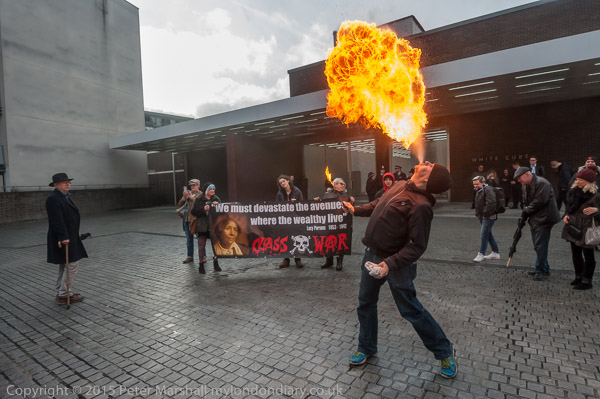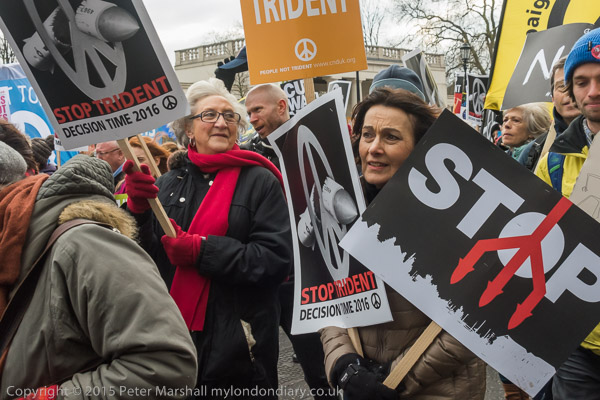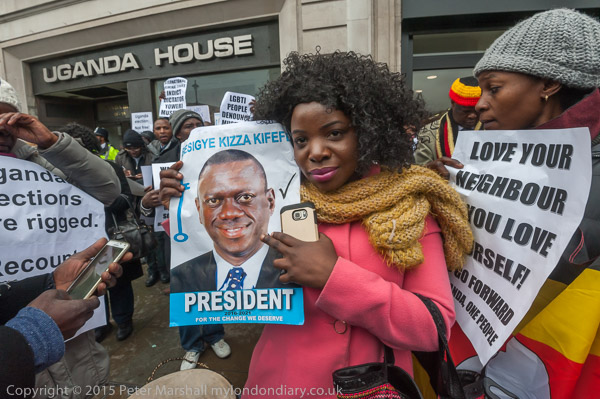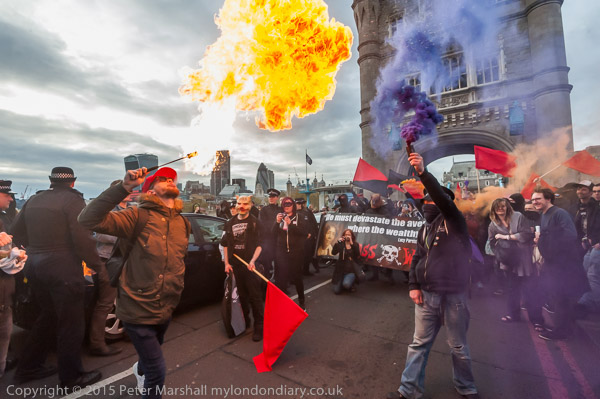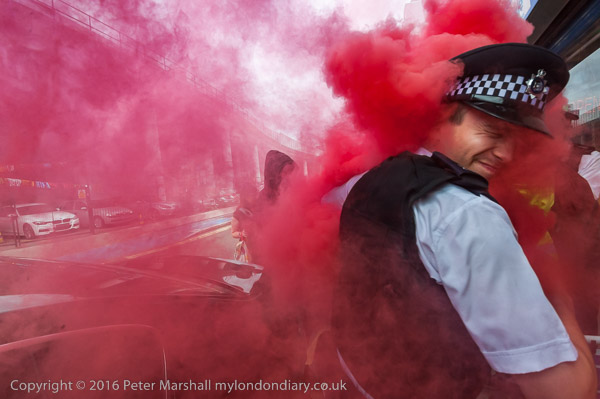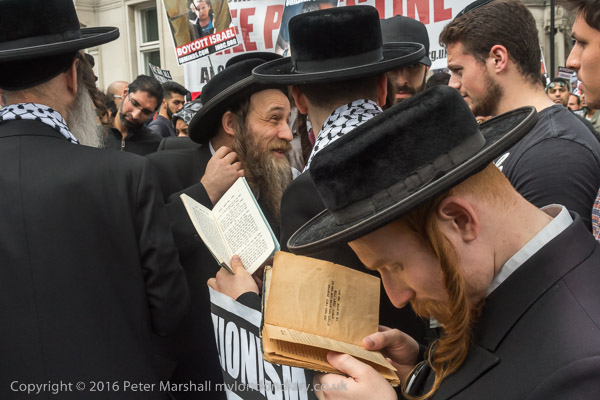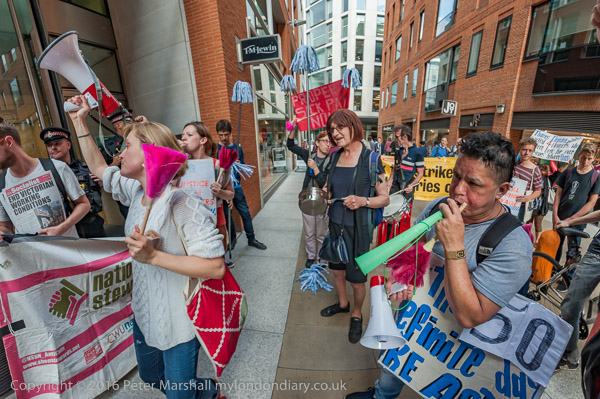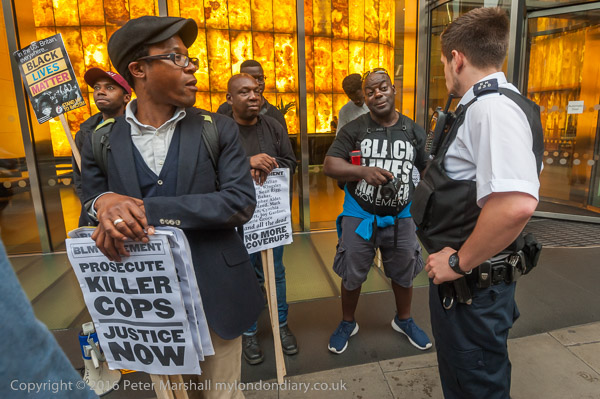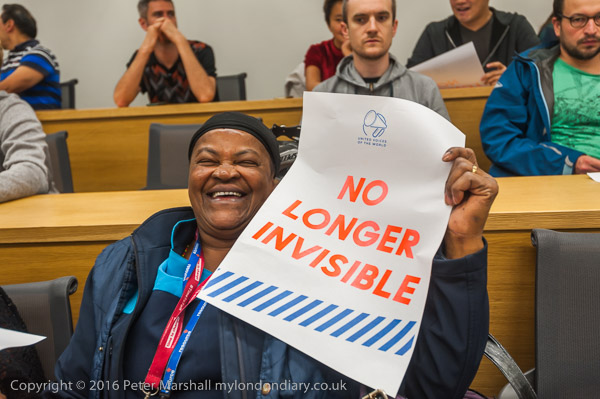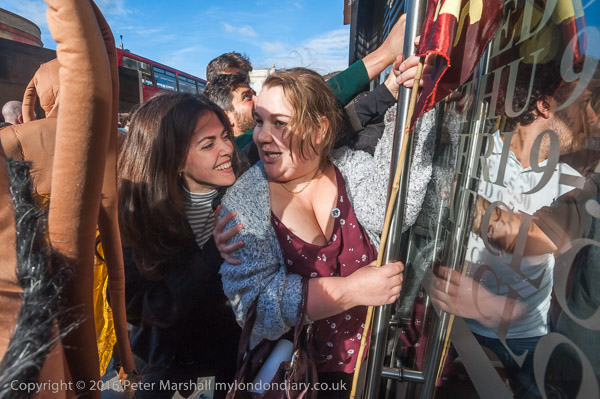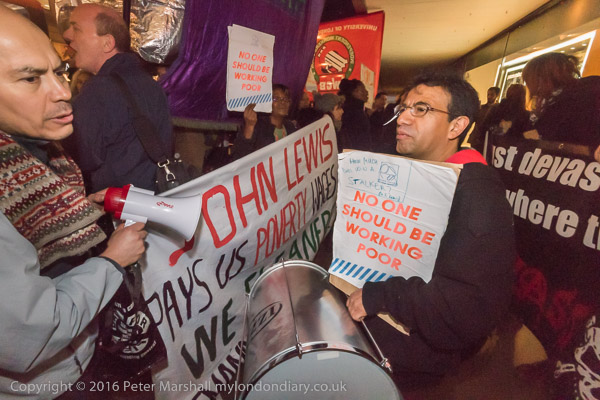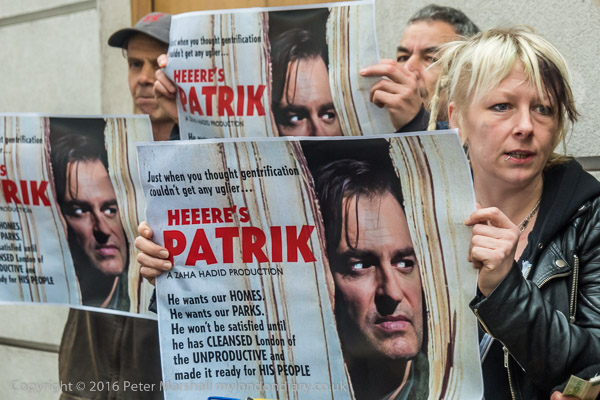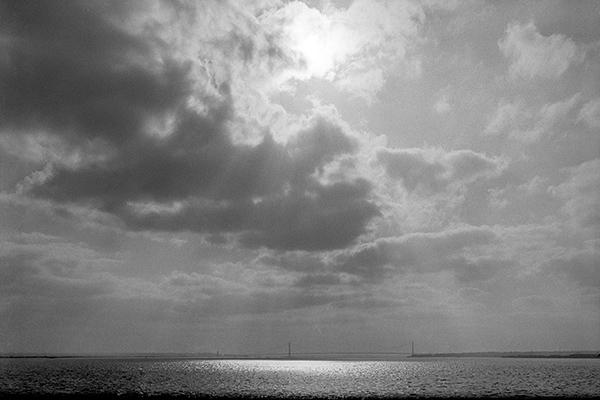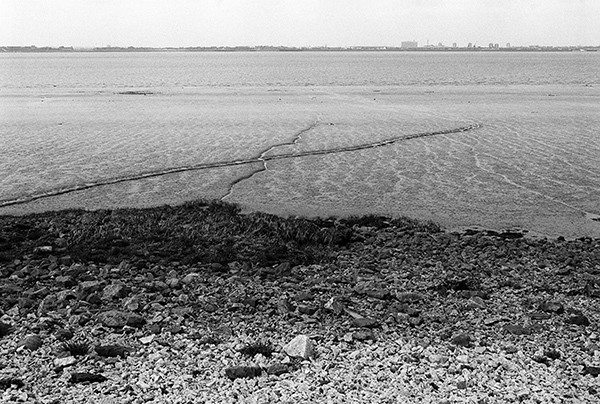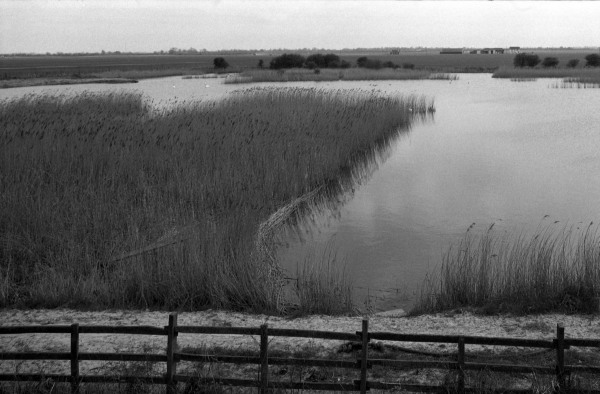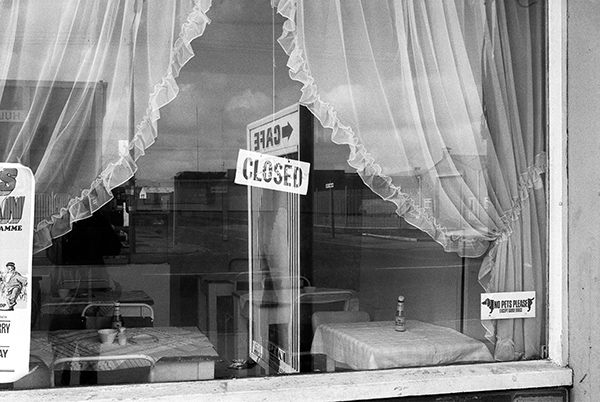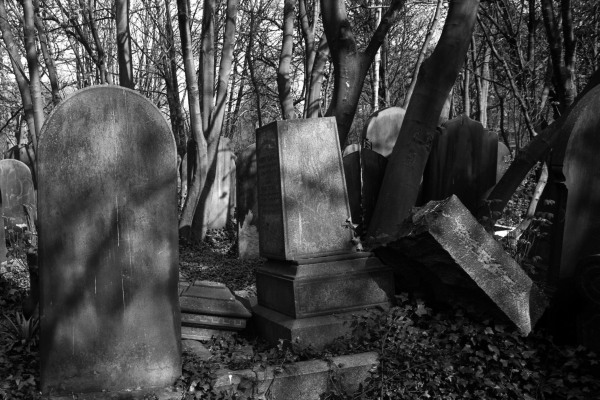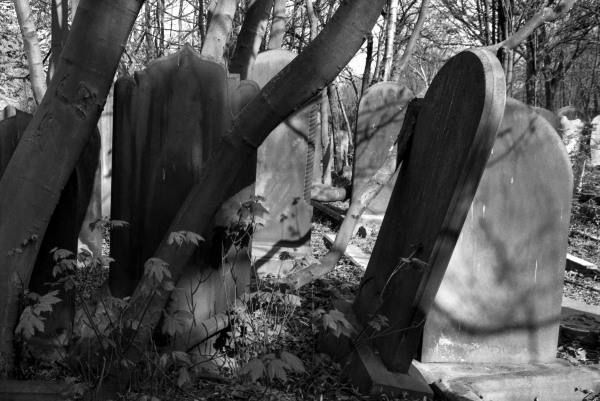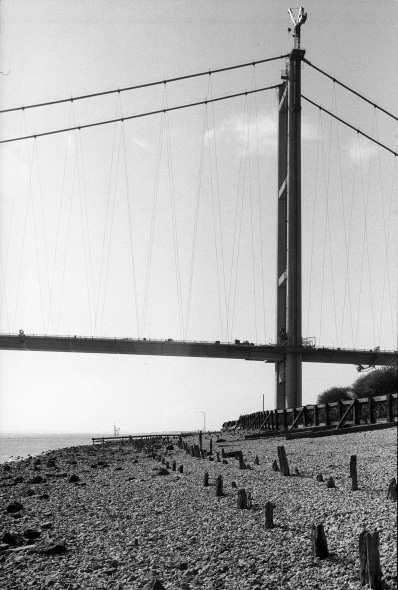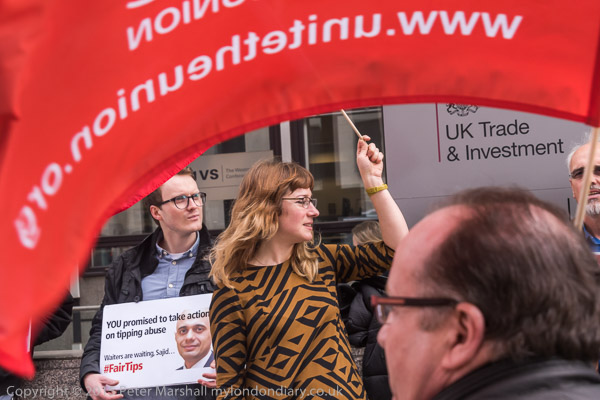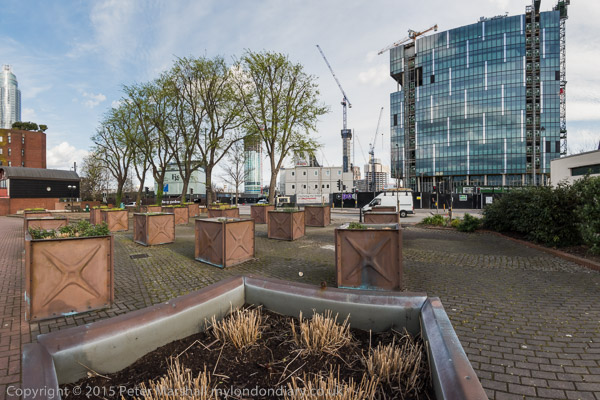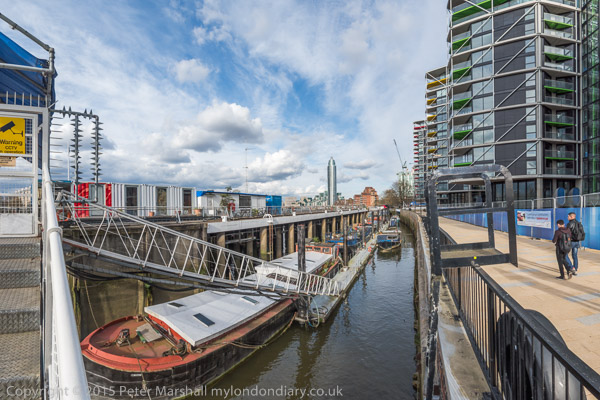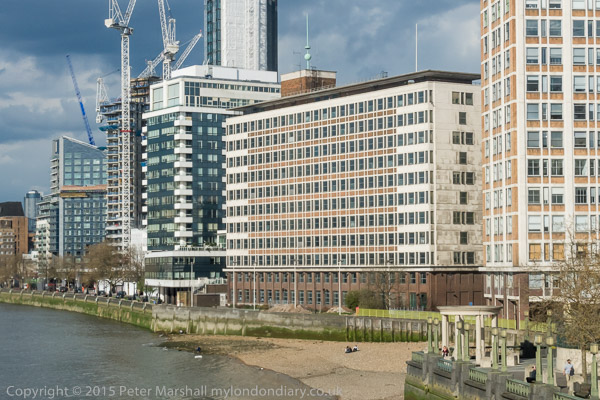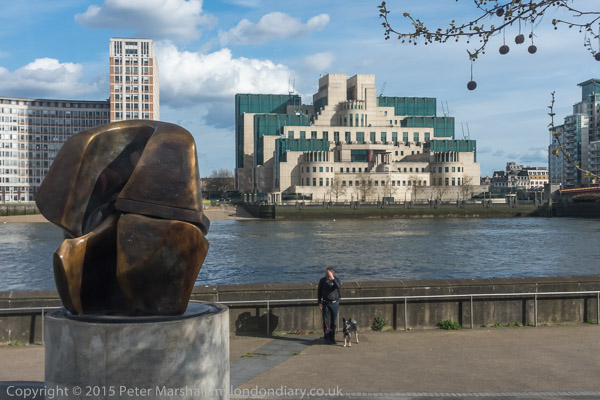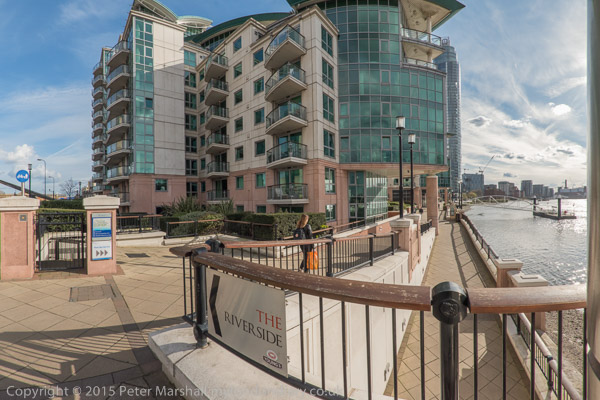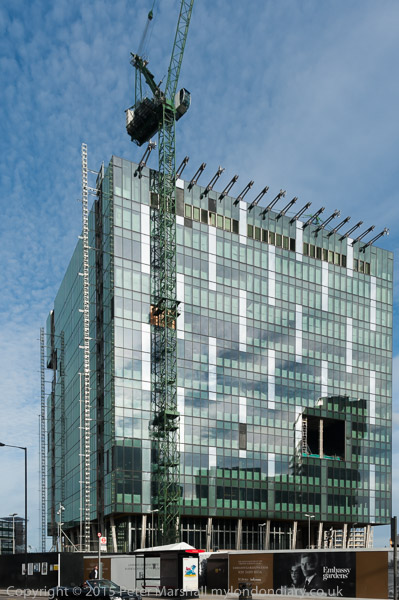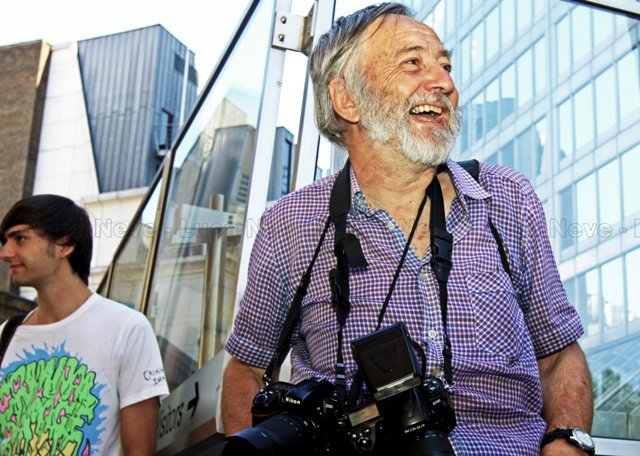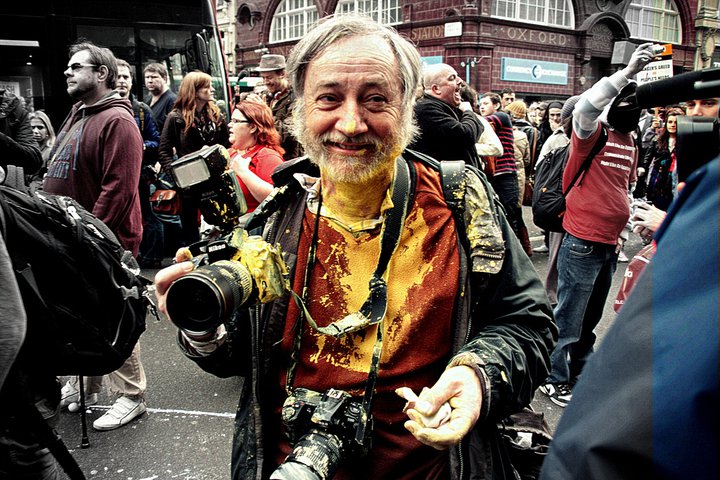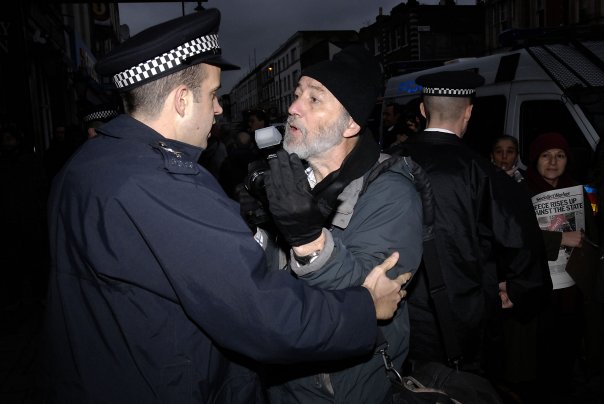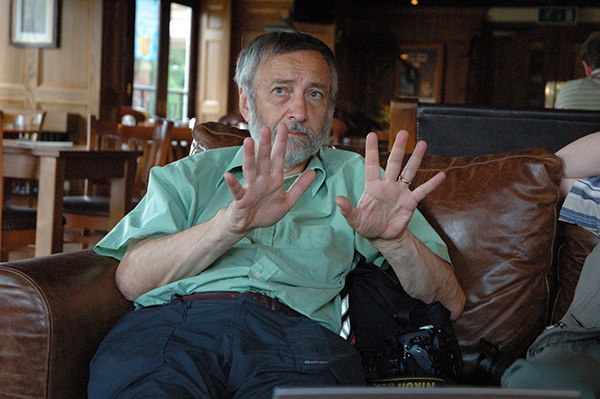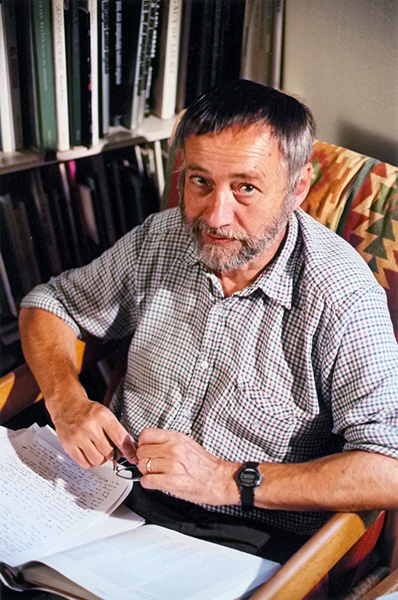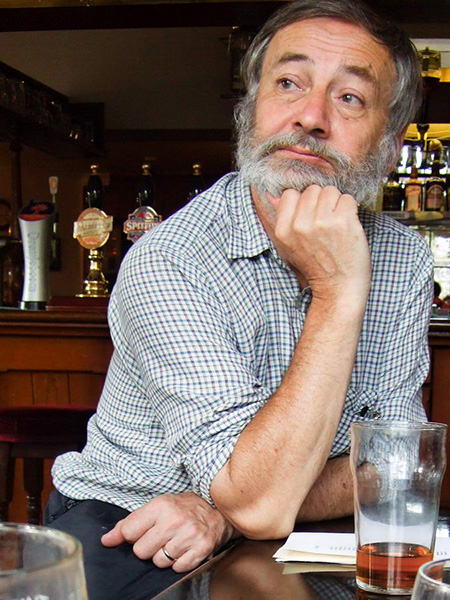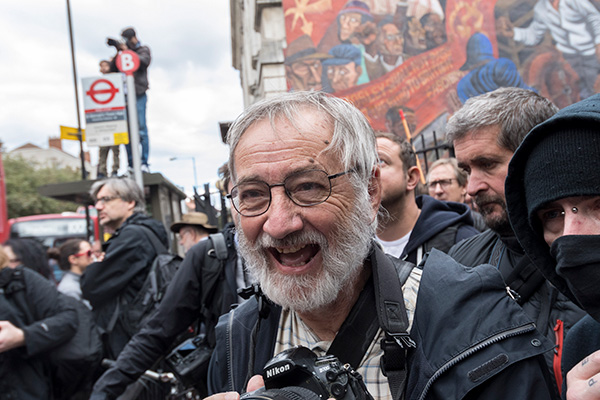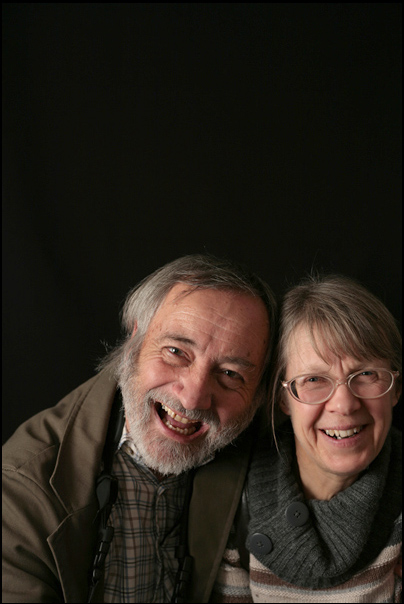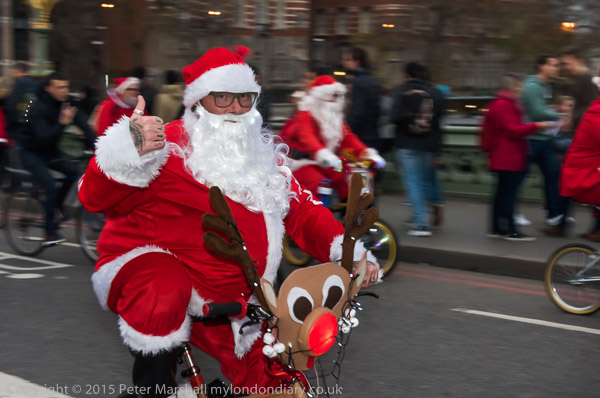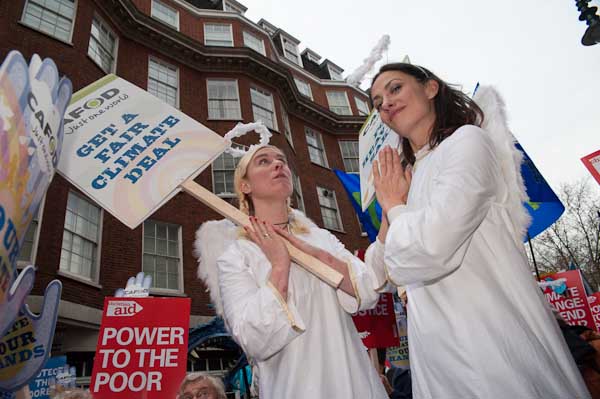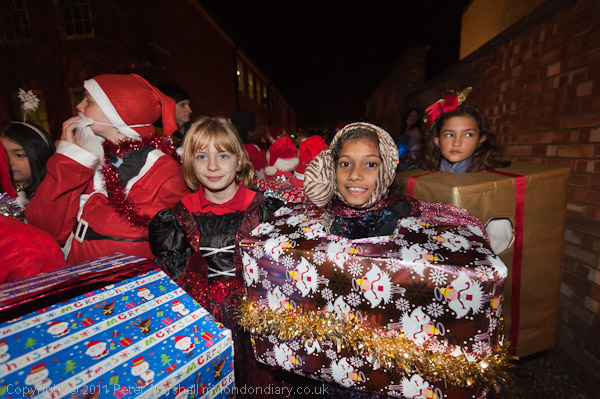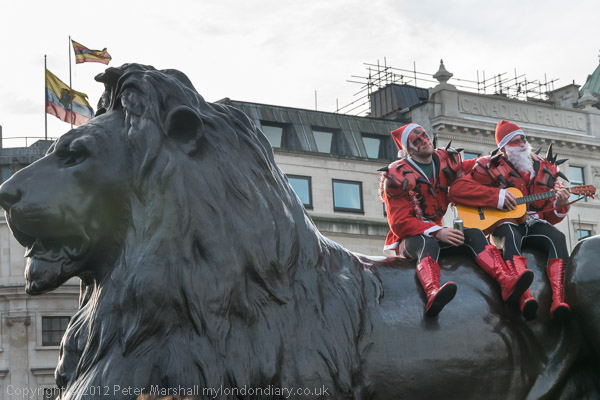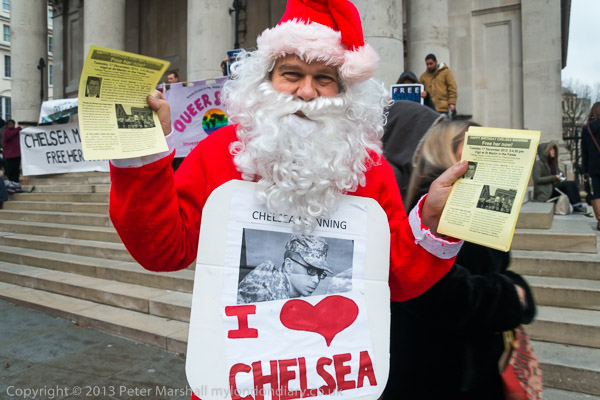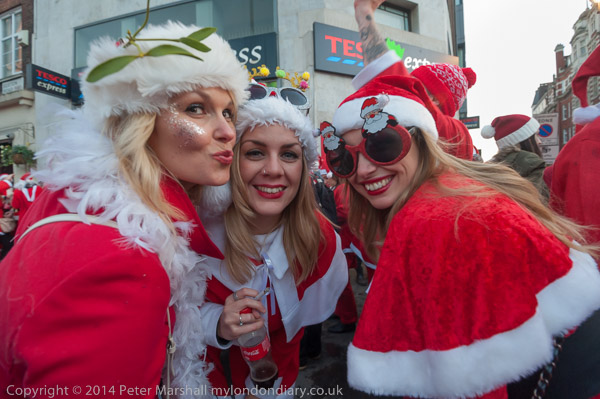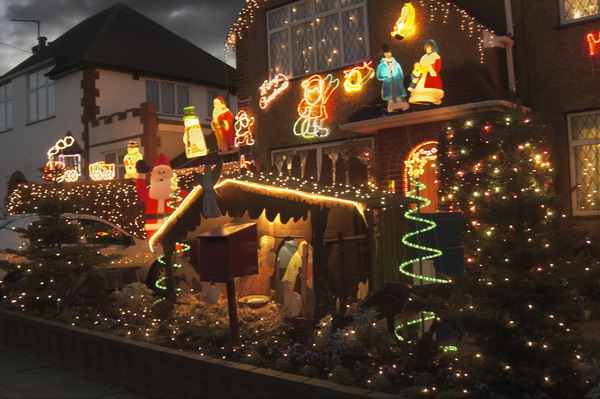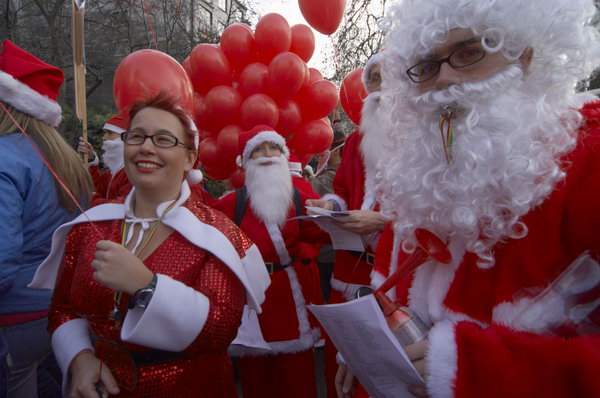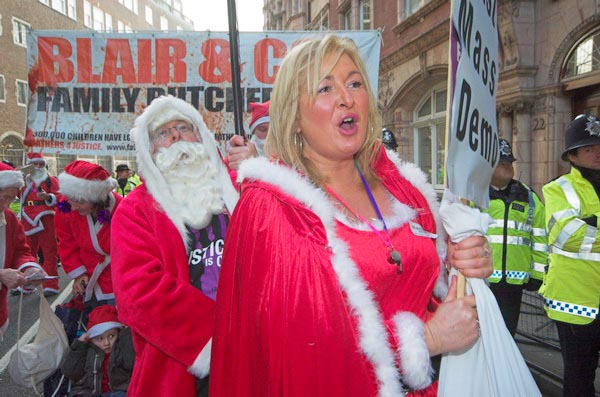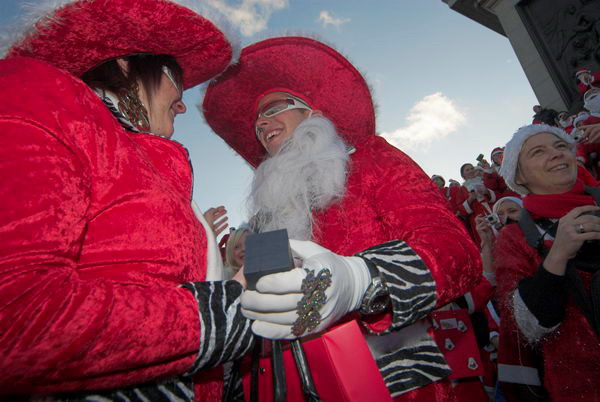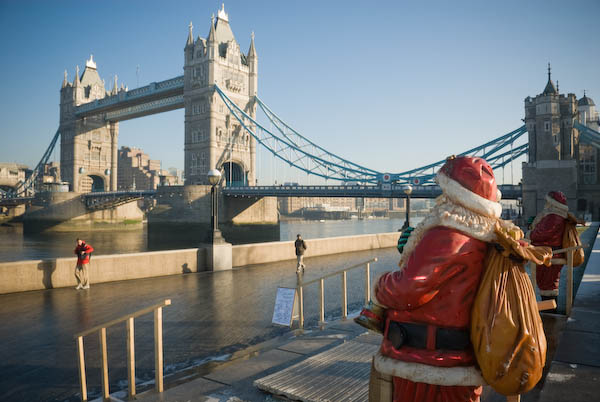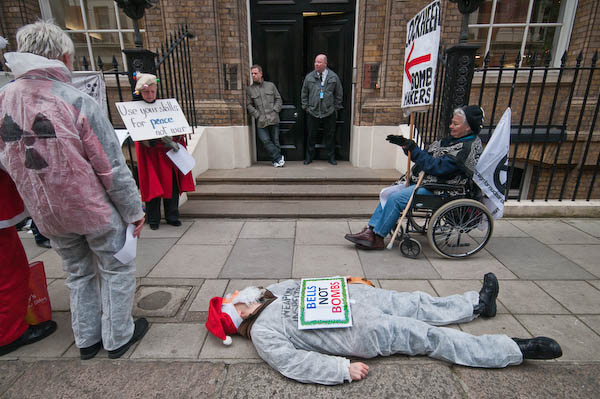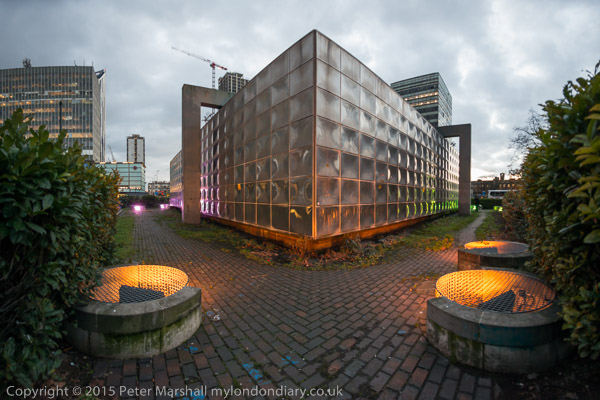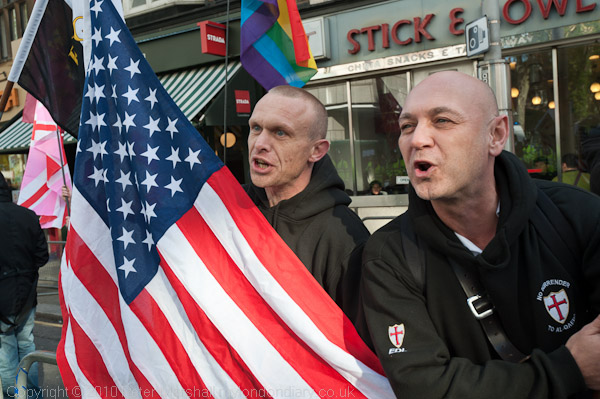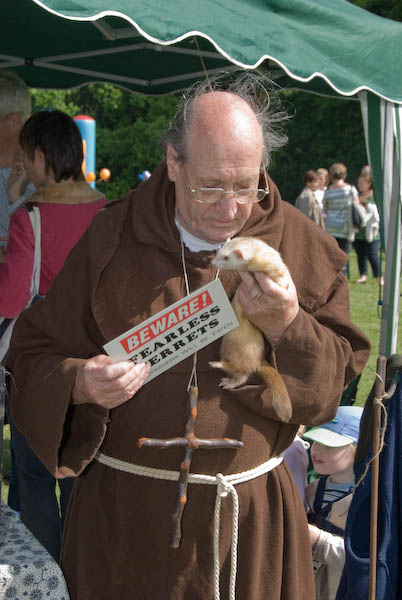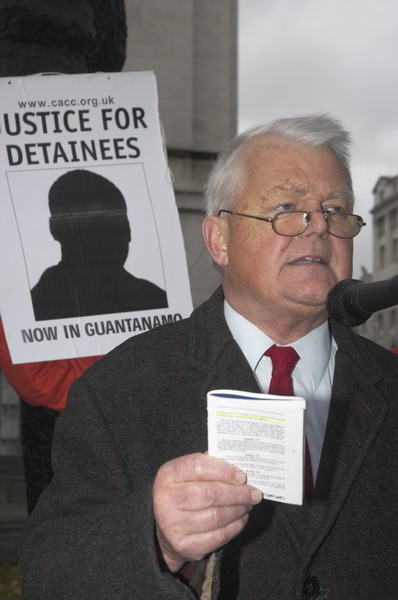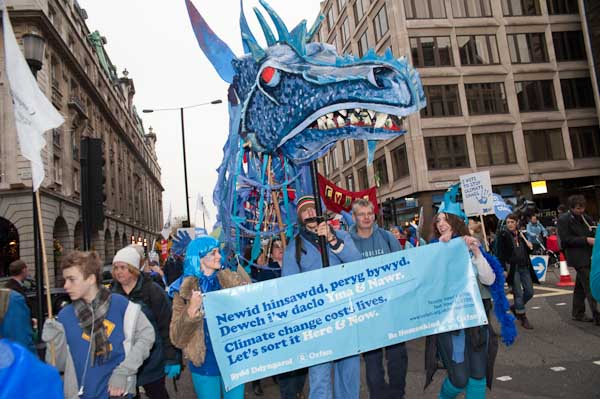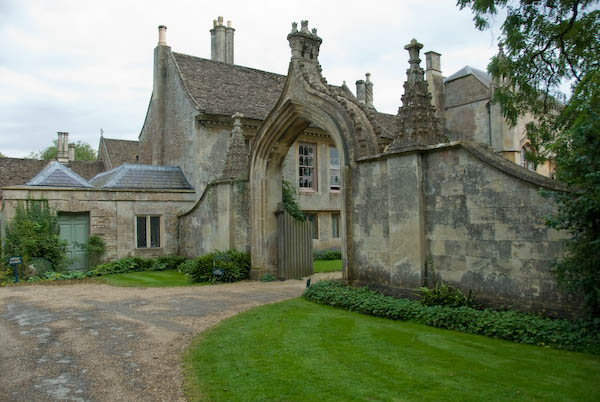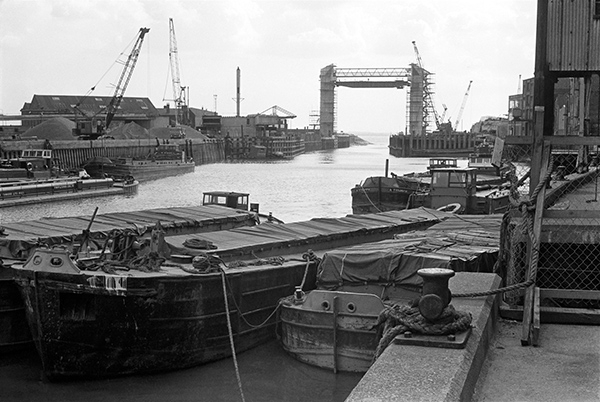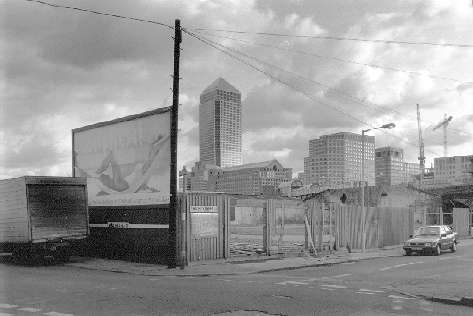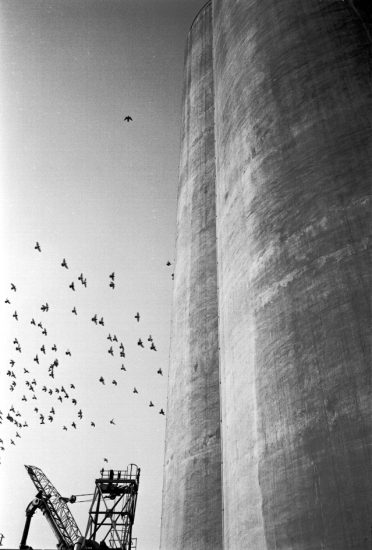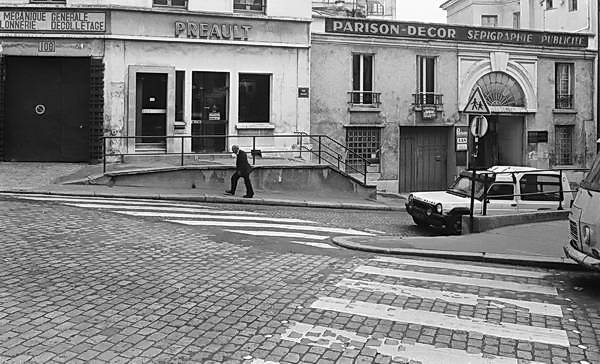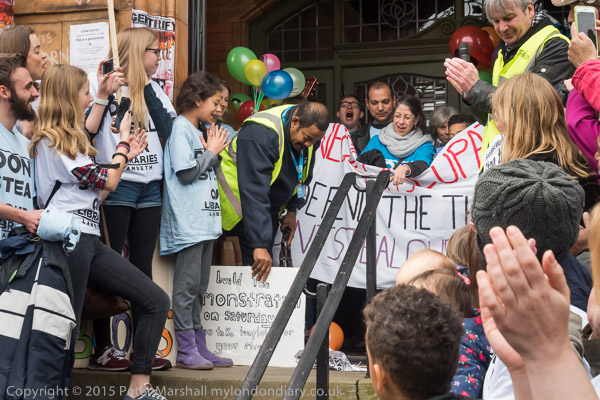
I should ride my bike more. Not just because exercise is good for you, but because it really is the most reliable way to get around in Central London. Traffic is bad, and getting worse, and many times this year I’ve found myself sitting in buses that are hardly moving, wondering whether to get off at the next stop and walk to get their quicker.
One problem is that it is rarely possible to get off the bus until it reaches a bus stop – and that can sometimes take ten minutes if you come across a real snarl up. Bus drivers are not allowed to open bus doors except at stops, though occasionally will let passengers leave by the front door opposite the driver where they have better vision if it is safe to do so.
Most buses too have an emergency lever to open the normal exit doors, and sometimes passengers get frustrated enough to make use of this. I haven’t yet done so myself, but several times have taken advantage of it when others have done so.
It’s particularly galling for those of us old enough to have spent time travelling on the old Routemaster and other now vintage buses with their open rear platforms, enabling you to leave and enter the bus anywhere and at any time. There were a few accidents, but in general Londoners managed to arrive in one piece. One of Boris’s minor disasters among many as London’s mayor was his new Routemaster bus, which traded on the name but otherwise had few of the traditional features.
One of them was a two-person crew, one driving and the other looking after the passengers, but that second person was soon phased out – and the open platform at the back replaced by sometimes rather crude automatic gates – there are at least two designs, one of which regularly savages unwary tourists waiting to descend.
There are other faults too, and even with improvements to the air conditioning you can still get cooked in warm weather. There are still a few of the old Routemasters around on a route heavily used by tourists and travelling on those reminds me of how much generally bus design has improved, with a far smoother ride, but at least you are not trapped inside. But Boris’s ‘blunderbus‘ stays with us after he has gone on to be a rather curious and undiplomatic Foreign Secretary.
But on April 9th it wasn’t a bus that let me down but one of London’s suburban trains, both running late. It’s something I also blame on the politicians, particularly Mrs Thatcher, whose vendetta against the GLC robbed us of effective London-wide government in 1986, and carried out a nonsensical privatisation of the whole British rail system. My train into Clapham Junction run by a private company was held up by signalling problems and I missed the connection to the Overground service which took me within walking distance of the Carnegie Library and I arrived almost half an hour after I had planned.
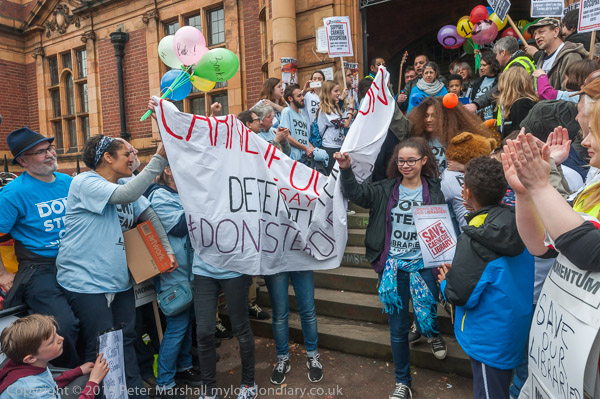
Fortunately I was just in time for the last speeches before the occupiers emerged to cheers and applause from the large crowd which filled the street outside – as you can see at Carnegie Library Occupation Ends.
A bike would not have solved my travel problem on that journey, as I would still have been held up on the first train, but it would have got me there a little faster after that. And barring accidents and punctures a bike is the most reliable form of transport, and the almost always the fastest in central London, with traffic only slightly slowing you down, even if as I almost always do, you stop at red lights.
But there are problems. The library would have been fine – just lock the bike to a nearby lamp post and get on it afterwards, but covering the march that came afterwards – March to Save Lambeth’s Libraries would have meant walking with it taking pictures and then returning to pick up the bike before going on. As it was I went with the march until just after it passed a railway station on another line before getting a train back into the centre of London – just a little faster than I could have ridden.
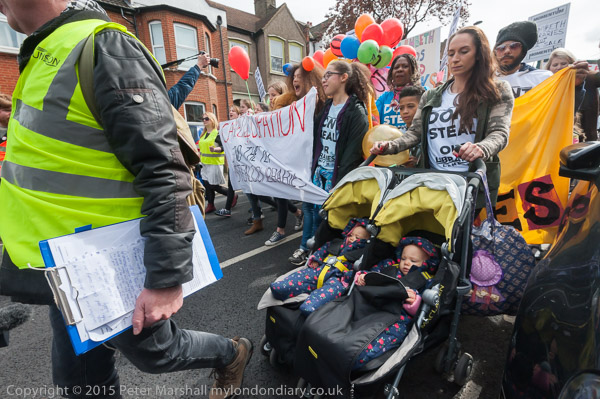
The main problem is simply carrying my kit. I’ve tried using a back-pack, which would be OK on a bike, but I don’t find it too convenient, and prefer my old shoulder bag. I can’t cycle with it on my shoulder, it’s too large to fit in a pannier. I’d need to have a bag which would double as both a back-pack and shoulder bag to keep me happy, and I’ve yet to find one suitable.
Trains (and buses) do have one advantage – and one that links with the protest I was photographing in Lambeth – that you can read on them. I never travel without a book in my bag. More seriously, libraries were vital to me when I was young, and I doubt if I would ever have got to university without my local public library and the books I was able to borrow and read. And it was there that I also developed my interest in photography, reading every week the Amateur Photographer magazine that we certainly could not have afforded to buy.
But I suppose the point of these ramblings, jogged in my mind by looking at my work on April 9th is that days like this are almost as much about ‘logistics’ as about photography. Starting with a list of events in my diary, working out which ones I intend to cover and how to get from A to B to C… Of course some things are clearly impossible, as you can’t for example be in Stratford and Hammersmith at the same time.
I often spend an hour or two on the Transport for London Web site and looking at maps planning the next day’s events. Its ‘Journey Planner‘ isn’t entirely reliable and often you need to break down a journey into several stages to get it to return the best result from public transport. Sometimes it misses the obvious or seems to have something against certain bus routes, but it’s usually a good starting point.
But using a bicycle, particularly a folding bike like my Brompton which you can put on a train or tube any time of any day would often both simplify journeys and speed them up. I ought to get myself sorted out and use it more.
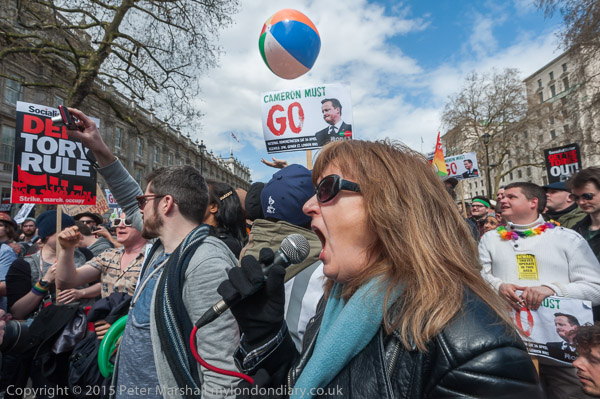
I left the libraries march close to Loughborough Junction and a train and a tube took me to Westminster and Downing St, where a couple of thousand people were partying on the street and calling for the prime minister, David Cameron to resign. Cameron must go! This followed the leaking of the ‘Panama Papers’ revealing some rather dodgy financial affairs about a great many of the rich and powerful, which since then have been largely, as usual, swept under the carpet. Eventually, but for different reasons, Cameron did go, but as I told some of those I was photographing, changing the Tory in charge isn’t going to make things any better.
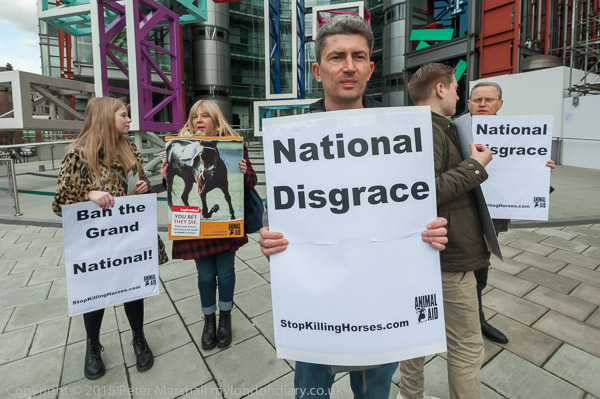
Next stop was around a mile away, rather appropriately on Horseferry Road outside the Channel 4 building, against the cruelty to horsed in races such as the Grand National which they were broadcasting that afternoon. It does seem to me an unneccessary cruelty, with four horses already having died at this year’s Aintree meeting, though I do think there are many more important issues to protest against, both so far as animal rights are concerned and also human rights. This fitted in well with my movements for the day, but I wouldn’t have gone out of my way to photograph it. And rather fewer people than expected had arrived to protest – probably fewer than were watching the race in the average betting shop. Stop Grand National horse slaughter
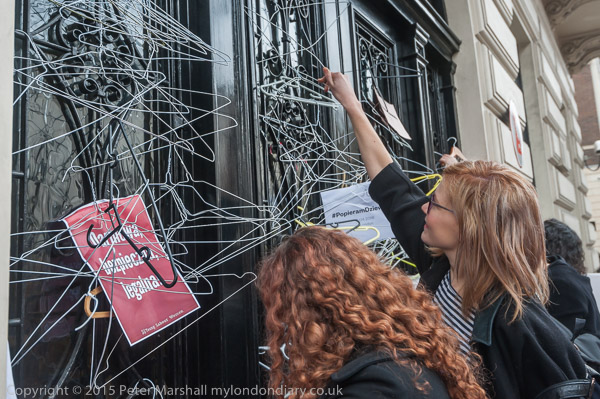
It was then a short walk to Victoria station and the tube to Oxford Circus, from where I walked north up Regent St and on to Portland Place and the Polish Embassy. Though quite a fast journey it would have been faster by bike, but I arrived as people were hanging hundreds of wire coat hangers on the Embassy door, having I think missed some speeches beforehand. Which since they were probably mainly in Polish was probably not a bad thing. Among the wire coathangers were a few plastic ones, which would not have been of much use to the back-street abortionist, but otherwise the symbolism of this protest against plans by the Polish government to outlaw abortions except in very limited circumstances was pretty clear.
The protest in London involved a few hundred, mainly women, but reflected much larger protests in Poland – which did eventually suceed in getting the law dropped. Don’t Criminalise Abortion in Poland
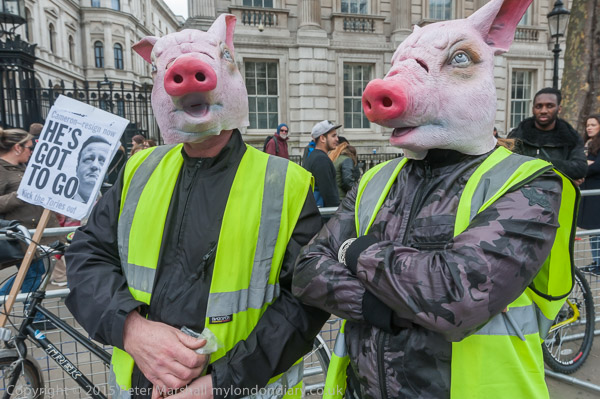
Then it was back to Oxford Circus and Westminster on the tube to return to Downing St, where the Party against Cameron was continuing, though on a rather smaller scale than earlier in the day. It had developed into rather more of a street party, less fluffy and more hard-core, mainly gathered around a bicycle-hauled sound system, and with a rather greater emphasis on Carmeron’s Bullingdon initiation pig-related activities.
Perhaps surprisingly the police seemed happy to simply watch the event rather than exercise their frequent obsession with traffic flaw and try to clear the street. I wasn’t sure whether this merely reflected a sensible decision based on the available resources or perhaps an expression of their own views against our current government, which they feel has treated them badly in various ways. Of course the main villain so far as they are concerned is Theresa May, then Home Secretary and now the replacement for Cameron.
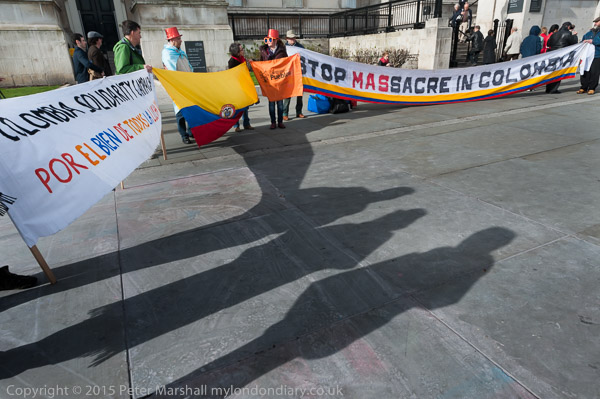
Finally it was just a short walk to Trafalgar Square, where in front of the National Gallery, Colombians were protesting against political persecution. End Killings in Colombia seemed to call for something a little more than just people holding banners and I tried to make use of some of the long shadows that some of the protesters were casting to provide a more sinister view.
Steps in the corner of Trafalgar Square then took me down to the Bakerloo line platforms for the two stops to Waterloo and my train home.
Continue reading Travelling times
